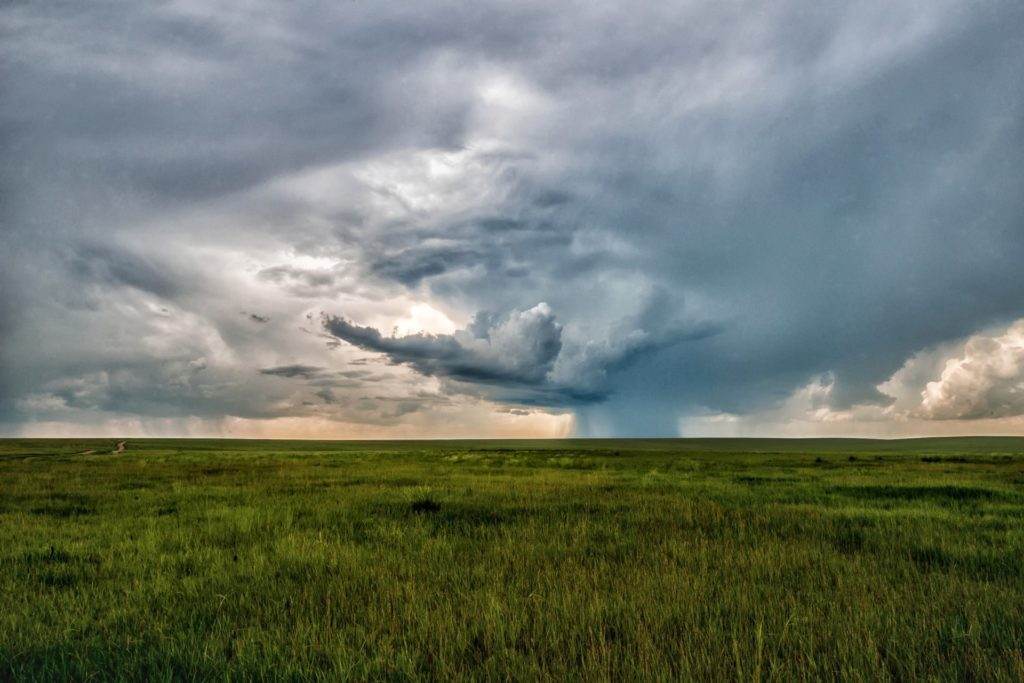The presence of plastics in the oceans and in the freshwater environment is a well-known and intensively researched phenomenon in recent years. The first thing is to discover the origin of microplastics and map their path in different ecosystems. However, this adventure begins with the detection and most accurate identification of these substances in various types of samples: drinking water, service water, food industry products and also in the air. According to a new study published in the journal Science, air is also contaminated with microplastics of various types. Microscopic and nanoscopic particles travel by wind and from the sky they return to our environment probably in raindrops. An article entitled “Plastic rain in protected areas of the United States” reports the finding of plastics in 98 percent of 339 samples collected from allegedly pollution-free areas in the United States, including 11 national parks (Rocky Mountain, Grand Canyon, etc.).
The co-author of the study is Dr. Suja Sukumaran (Senior Application Scientist at Spectroscopy Business Unit TFS) using a Thermo Scientific Nicolet iN10 FT-IR microscope as the primary analytical tool for plastics identification.
More for example The New York Times, Newsweek and WIRED.

